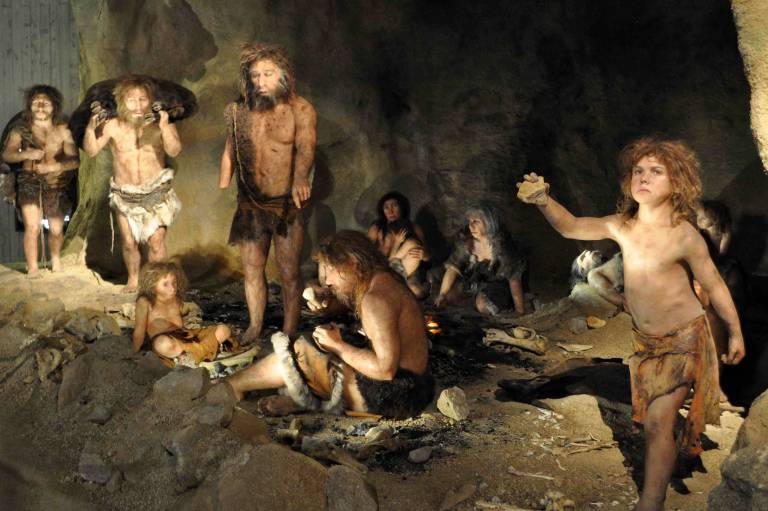Homo sapiens inherited beneficial alleles from Homo neanderthalensis
16 November 2016
As modern humans dispersed from Africa throughout the world, they encountered and interbred with archaic hominins, including Homo neanderthalensis and the Denisovan hominins.
 Although genome-scale maps of introgressed sequences have been constructed, considerable gaps in knowledge remain about the functional, phenotypic, and evolutionary significance of archaic hominin DNA that persists in present-day individuals. Here, a comprehensive set of analyses are described that identified 126 high-frequency archaic haplotypes as putative targets of adaptive introgression in geographically diverse populations. These loci are enriched for immune-related genes (such as OAS1/2/3, TLR1/6/10, and TNFAIP3) and also encompass genes (including OCA2 and BNC2) that influence skin pigmentation phenotypes. Furthermore, existing and novel large-scale gene expression datasets were leveraged to show many positively selected archaic haplotypes act as expression quantitative trait loci (eQTLs), suggesting that modulation of transcript abundance was a common mechanism facilitating adaptive introgression. The results demonstrate that hybridization between modern and archaic hominins provided an important reservoir of advantageous alleles that enabled adaptation to out-of-Africa environments.
Although genome-scale maps of introgressed sequences have been constructed, considerable gaps in knowledge remain about the functional, phenotypic, and evolutionary significance of archaic hominin DNA that persists in present-day individuals. Here, a comprehensive set of analyses are described that identified 126 high-frequency archaic haplotypes as putative targets of adaptive introgression in geographically diverse populations. These loci are enriched for immune-related genes (such as OAS1/2/3, TLR1/6/10, and TNFAIP3) and also encompass genes (including OCA2 and BNC2) that influence skin pigmentation phenotypes. Furthermore, existing and novel large-scale gene expression datasets were leveraged to show many positively selected archaic haplotypes act as expression quantitative trait loci (eQTLs), suggesting that modulation of transcript abundance was a common mechanism facilitating adaptive introgression. The results demonstrate that hybridization between modern and archaic hominins provided an important reservoir of advantageous alleles that enabled adaptation to out-of-Africa environments.
Archaic Hominin Admixture Facilitated Adaptation to Out-of-Africa Environments
Rachel M. Gittelman, Joshua G. Schraiber, Benjamin Vernot, Carmen Mikacenic, Mark M. Wurfel, Joshua M. Akey
DOI: 10.1016/j.cub.2016.10.041
 Close
Close

